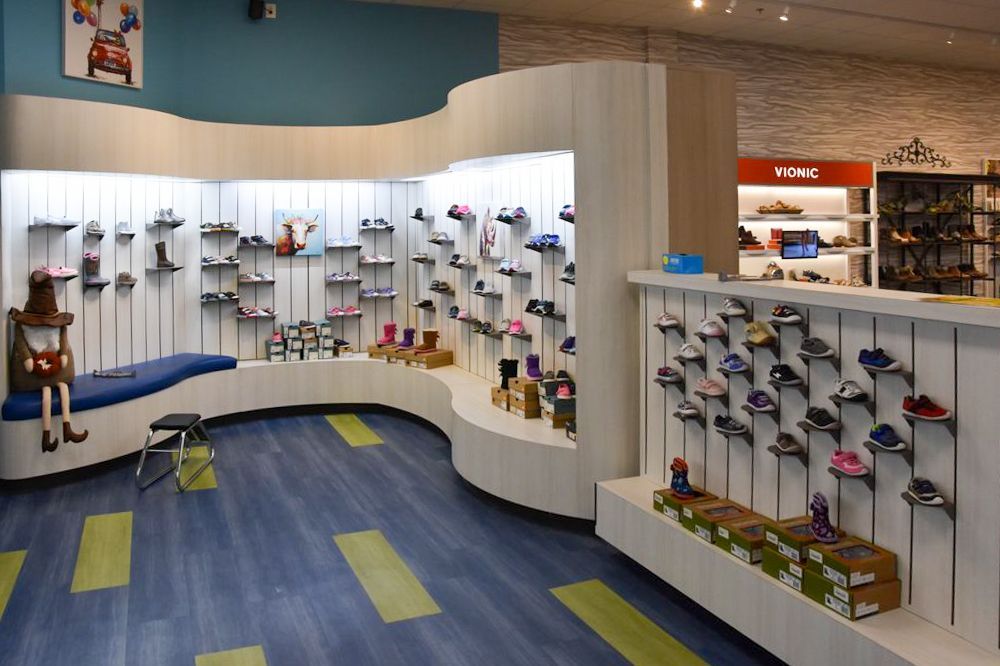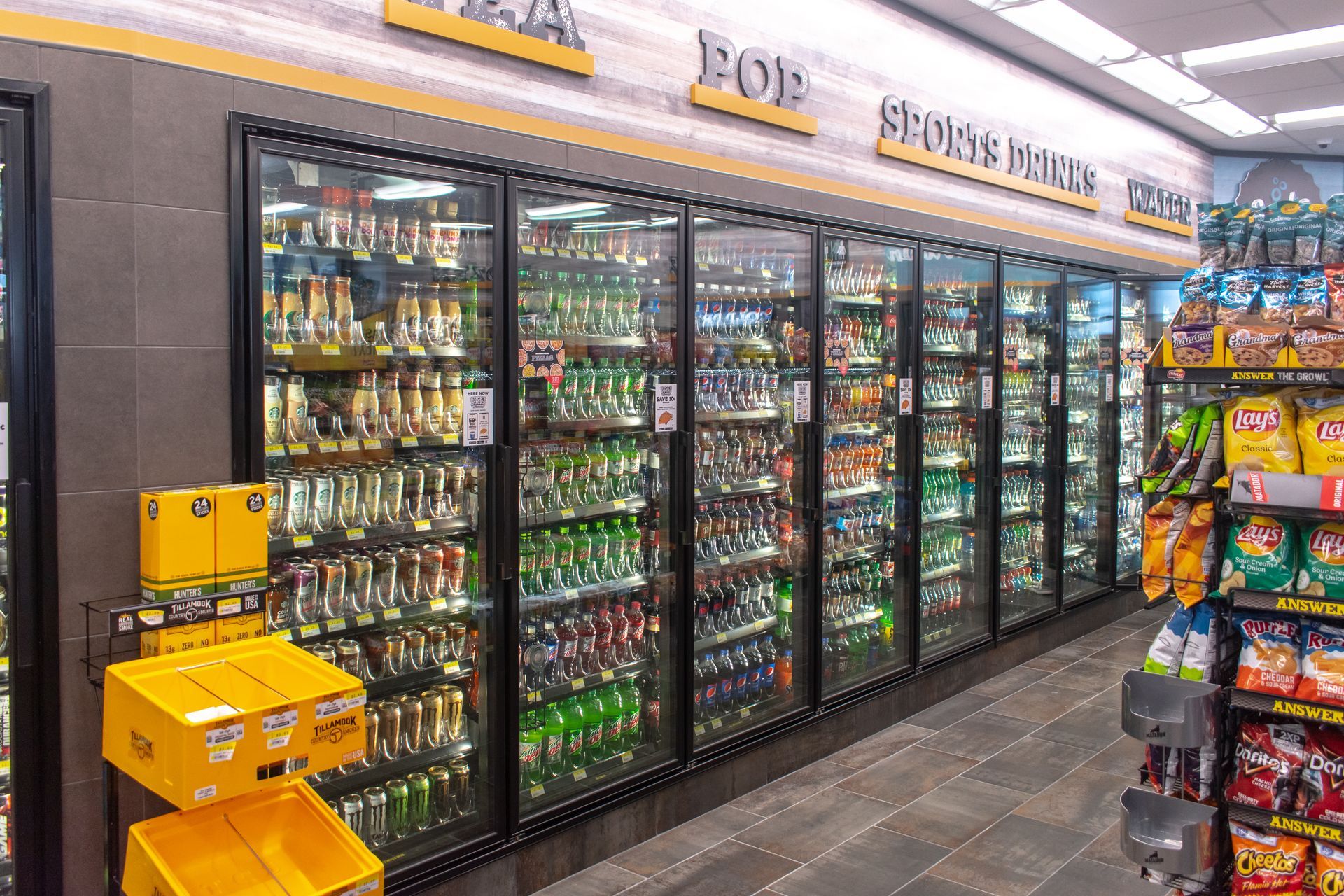How to Measure Your Retail Display’s ROI
How to Measure Your Retail Display’s ROI
How to Measure Your Retail Display’s ROI. As with anything in life, you get out of it what you put in. This axiom is particularly relevant in the marketing world, where ROI is key and directly related to the quality of the marketing tactic and the thought put into the design and execution.
Today we’re talking about retail POP displays and how to measure the ROI of these potential-laden but sometimes-polarizing sales tools. Why polarizing? Because most brand marketers see POP displays as a cost (burden) instead of an investment (opportunity). Consequently, those who find them “burdensome” tend to put less effort into the display’s design, with the end result not performing to its maximum. Sort of a self-fulfilling prophecy.
So how can you measure the ROI of your retail displays and become a believer?
Promotion Program Value (PPV)
As the name implies, PPV measures a promotional program’s value. How does it do this? With a simple formula
- Count the number of stores that used POP displays to enhance your retail merchandising efforts
- Determine the topline sales increase that each of these stores earned while the display was active. Then add all of the stores’ topline increases together.
- Divide this total by the POP display’s unit cost (manufacture, pack, transport, setup, take-down)
A recent study conducted by an established industry research company cites $53.76 as the average cost of a POP display, with every dollar spent yielding around $4.99 in incremental sales. The resulting PPV is close to 499%, which is fantastic.
Net Revenue Divided by Investment Cost
A more traditional way to measure your POP displays’ ROI is to divide net revenue by investment cost. This is typically done on an annual basis. For example, in one year you spent $5,000 to execute all of your POP display initiatives. Your net annual profit was $50,000. This translates to an ROI of 90%, or a return of $9 for every $1 spent on your POP displays. This is a compelling number, especially if your POP program for year two mirrors that of year one. Everything is designed the same, which means your tooling costs are nil, resulting in an even greater ROI in year two.
Why POP Displays Should be Viewed as Investments, Not Costs
Along with the math laid out above, there are several other reasons why you should consider your POP displays as investments and therefore put full effort into their design and function:
- Your brand will enjoy increased awareness
- Your POP display can give you access to stores in which visibility would be impossible without a display
- Your products will enjoy stronger merchandising and thus increased appeal
- All of the above add up to increased sales
When you consider that the average consumer is exposed to 3,000 marketing messages every day, and that 30,000 new SKUs hit the market annually, competition is fierce. Plus, retailers are increasingly selective about a POP display’s design and quality, wanting it to be the right fit for their store’s layout and customers. The right display can impact a consumer in as little as 3 – 5 seconds. Is the argument in favor of the “POP displays = an investment” airtight? You bet.



